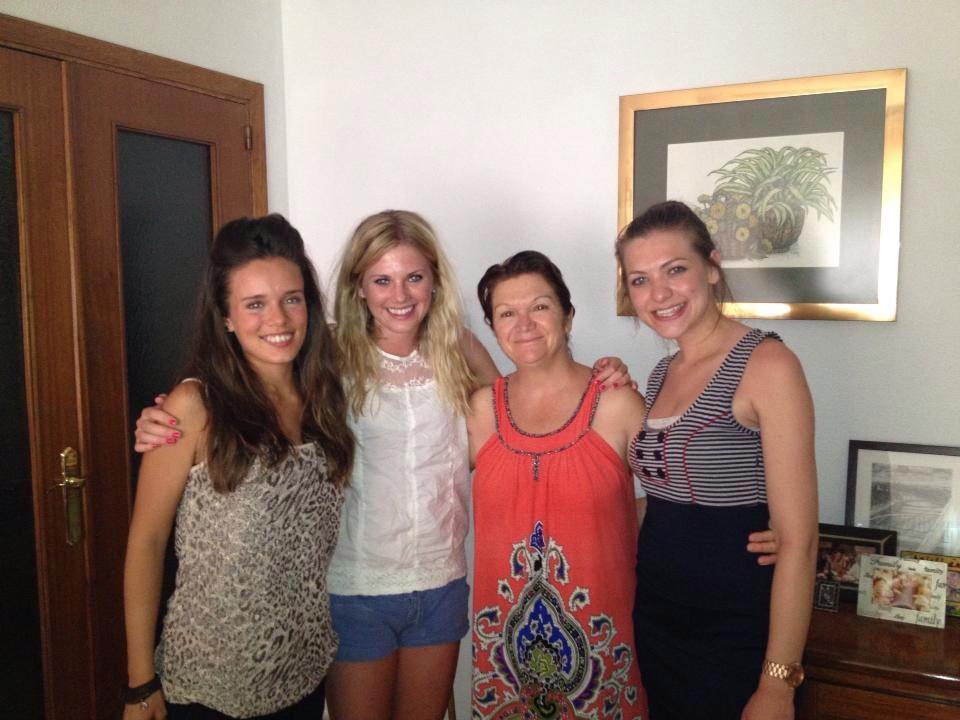PROGRAM STRUCTURE AND REQUIREMENTS
ACADEMIC PROGRAMS
ACADEMIC CREDIT
ROWING PROGRAM
PROGRAM ACTIVITIES
PROGRAM DATES AND COSTS
INSURANCE
ACCOMMODATION
CONTACT US
PROGRAM STRUCTURE AND REQUIREMENTS
This program allows high school graduates to take a year or semester abroad taking an intensive Spanish language course (beginning, intermediate or advanced levels) at SAIIE or taking a serious of courses at the University of Sevilla, and continue to practice rowing weekly on a Spanish team under the guidance of a Spanish Olimpyc Rowing Coach.
We offer two programs to our students:
University of Seville: Liberal Arts, Business, Spanish Lang. & Culture Program
SAIIE: Intensive Spanish Language Program
PROGRAM REQUIREMENTS
- Must be a high school graduate at the time of application.
- In the 2k Concept Rowing Ergometer test female student-athletes cannot exceed 7:40 and male student-athletes 6:40.
- No previous knowledge of Spanish required
- A student must be in good academic standing at the time of participation.
- Students participating at the University of Seville program must take between a minimum of 3 and a maximum of 5 courses per semester. Each course consists of 45 class hours.
- A student must have a minimum cumulative grade point average of 2.5 GPA*
- Completed SAIIE application
- One letter of recommendation
- Official transcript, most recent grade report, or high school diploma
- Entry requirements: valid passport with student visa
*If your GPA is below 2.5, you are not automatically disqualified from studying abroad.
Please contact SAIIE for more information.
To learn more about the city of Seville and why chose this destination to do your GAP YEAR abroad please visit our website at: http://www.saiie.com/the-school/seville-capital
ACADEMIC PROGRAMS
University of Seville: Liberal Arts, Business, Spanish Lang. & Culture Program
This program is designed for students from begginning to advanced level of Spanish. Students will take classes at the University of Seville.
Students may choose between the following, amongst other various subjects:
-
SPANISH LITERATURE COURSES
-
SPANISH CULTURE COURSES
- BUSINESS COURSES
-
ART COURSES
- HISTORY AND ANTHROPOLOGY RELATED TO SPAIN, EUROPE AND LATIN AMERICA COURSES
Please note:
- To participate in the program through the University of Seville students must be 18 years old before the semester is over.
- Classes are taught from Monday to Thursday, usually on alternating days (Monday-Wednesday or Tuesday-Thursday) and 2 hours per session.
- Classes will be taught at the University of Seville’s main building .
At the end of the program the student will receive an official certification from the University of Seville with the courses taken.
SAIIE: Intensive Spanish Language Program
This program takes place at the SAIIE center.
Hours per week: 16hrs
Classes: Monday - Thursday
Language levels: A placement exam is administered upon arrival to determine the student's Spanish level. Classes are offered at beginning, intermediate, and advanced levels.
Courses: Spanish language classes will be held in the mornings from Mo - Thur(4 hrs per day)
At the end of the course the student will receive an official certification from SAIIE acknowledging the hours taken by the student.
It is the students responsibility to obtain credit for the course taken at SAIIE and the University of Seville.
ROWING PROGRAM
The Students on this rowing camp will join a Spanish rowing (Club Naútico Sevilla) team with whom they will row throughout the year or semester with.
Students participating on this program will practice minimum 5 times per week with the team.
Students will also have access to a gym with erg rowing machines and weights.
David Cifuentes, head Coach for Club Naútico's rowing team, is one of the coaches for the under 23 Spanish national team.
Where will you row?
At SAIIE, we work with the well-renowned local rowing club at Club Naútico Sevilla to help student rowers perfect their skills.
SAIIE students on our Rowing program will be surrounded and integrated in a group of roughly 60 Spanish rowers from juniors to professionals and veterans. They form a varied and extensive network of athletes, making every training session and event a new and exciting learning experience. This has been the basis of the Rowing section´s successful growth within the Club over the 57 years since it was founded.
In its list of sporting achievements is the distinguished Stadium Cup (Copa Stadium), and the 1985 National Sports Award (Premio Nacional de Deportes), which was awarded to the Club for its special contribution to the development of its club sports.
Many rowers from the Club have participated in the Olympics.
Meet the Head Coach
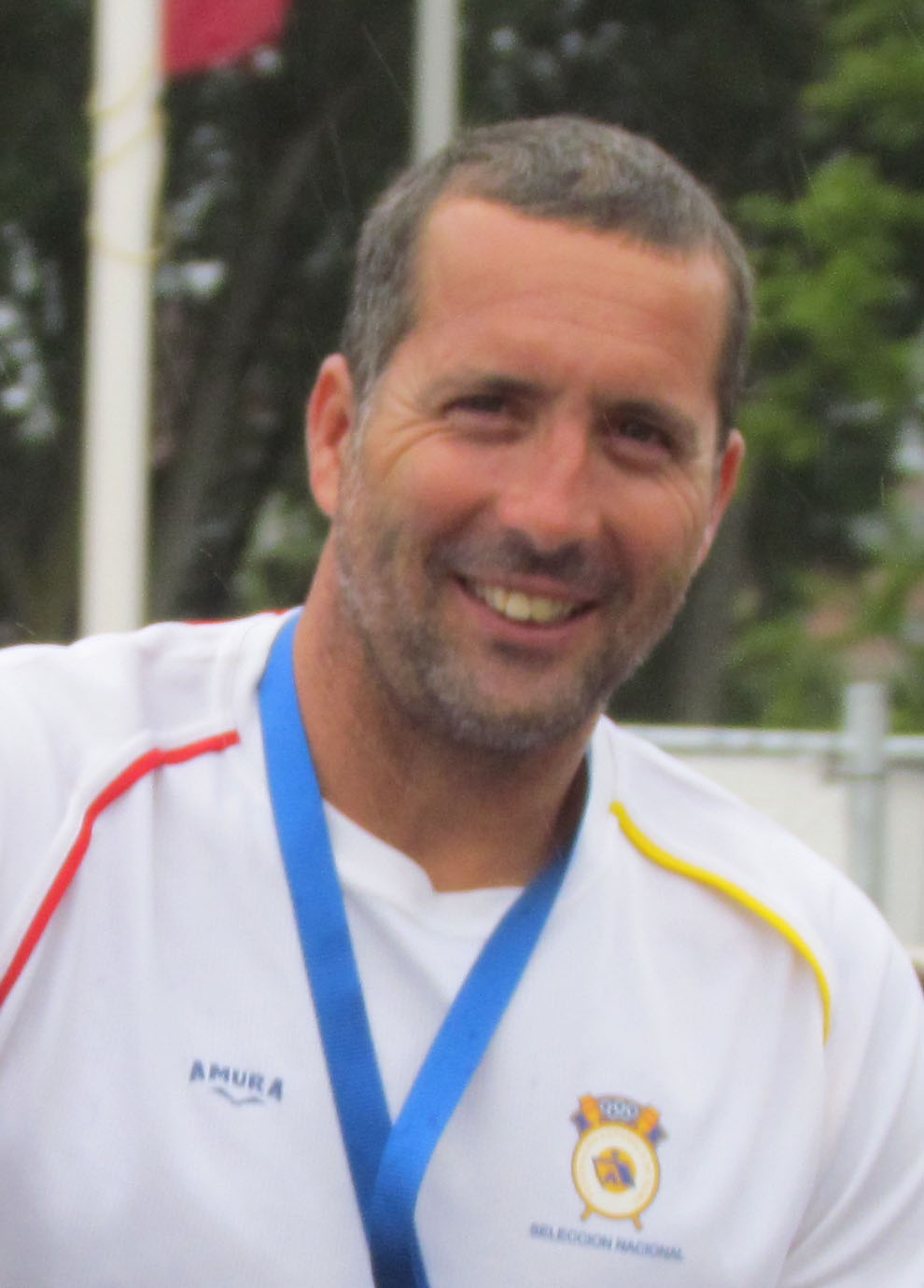
David Cifuentes is the head rowing coach for the senior team at Club Nautico. Not only is he the coach of the senior team but he oversees all other rowing teams in the club as well. In addition to his crucial role at Club Nautico, Cifuentes coaches Spain’s National Under 23 Rowing team. Previously an international rower himself, he rowed 25 times for Spain on the national team and his history of accomplishments showcase a bronze metal from the world cup in the under 23 level. He has vast experience in the rowing world. He started rowing at the age of 13 until 34 during which time he has competed in several world championships and Spanish national championships. Many rowers under his swing have competed in world and national championships. Ex. Álvaro Romero was second in the world junior champinship or Javier García and Jaime Canalejo who ended up 5th in the under 23 world championship
Rowing Program Requirements
- In the 2k Concept Rowing Ergometer test female student-athletes cannot exceed 7:40 and male student-athletes 6:40.
If you exceed these times, please contact the Program Manager, Mr. Sean Chipres at seanrc@saiie.com
PHOTO GALLERY
PROGRAM ACTIVITIES
CULTURAL ACTIVITIES
Throughout the term, the program will organize 1-2 activities per week for its students. Example of some of these activities are going for tapas, watching a live soccer match, olive oil farm, etc
TRIPS
We are very flexible with all the activities and will change them to meet the needs of our students.
Some of these trips could include the following:
Day trips:
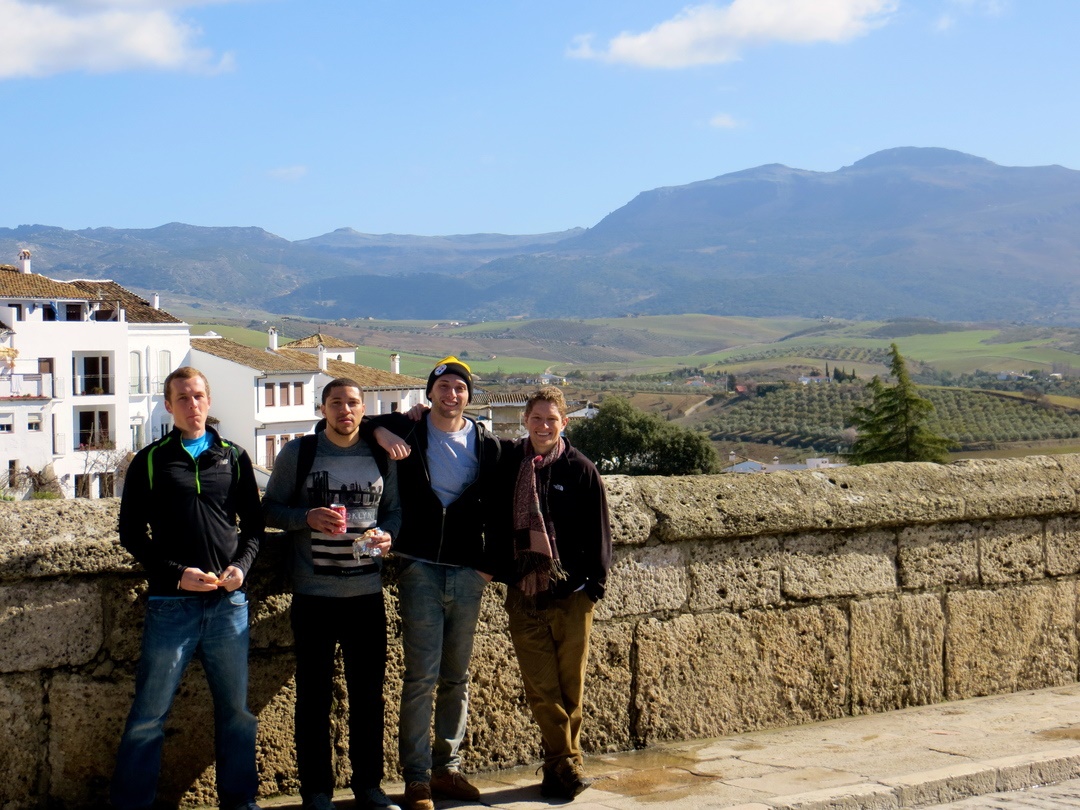 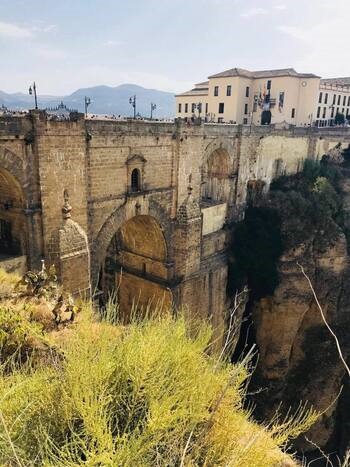 |
|
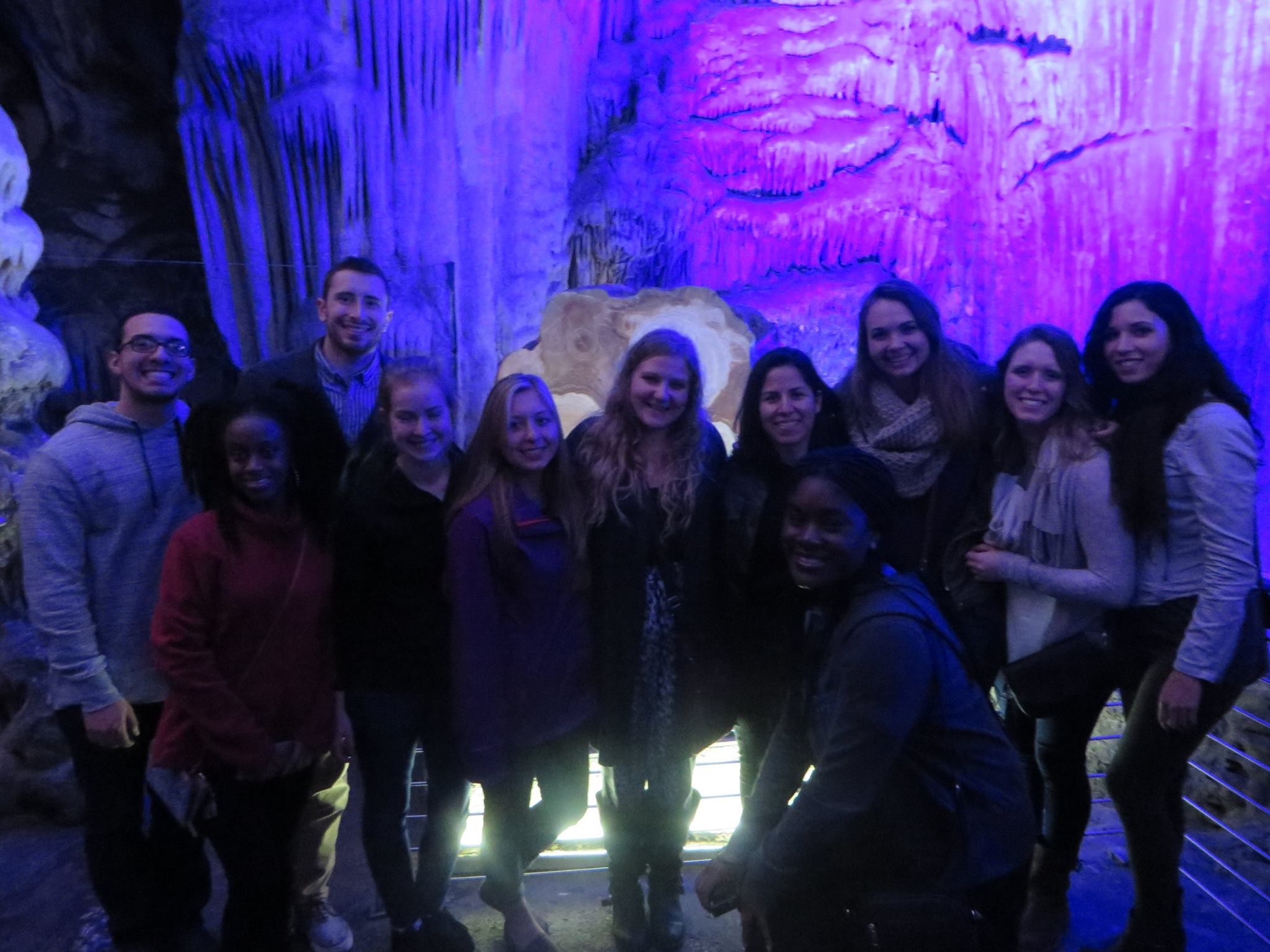 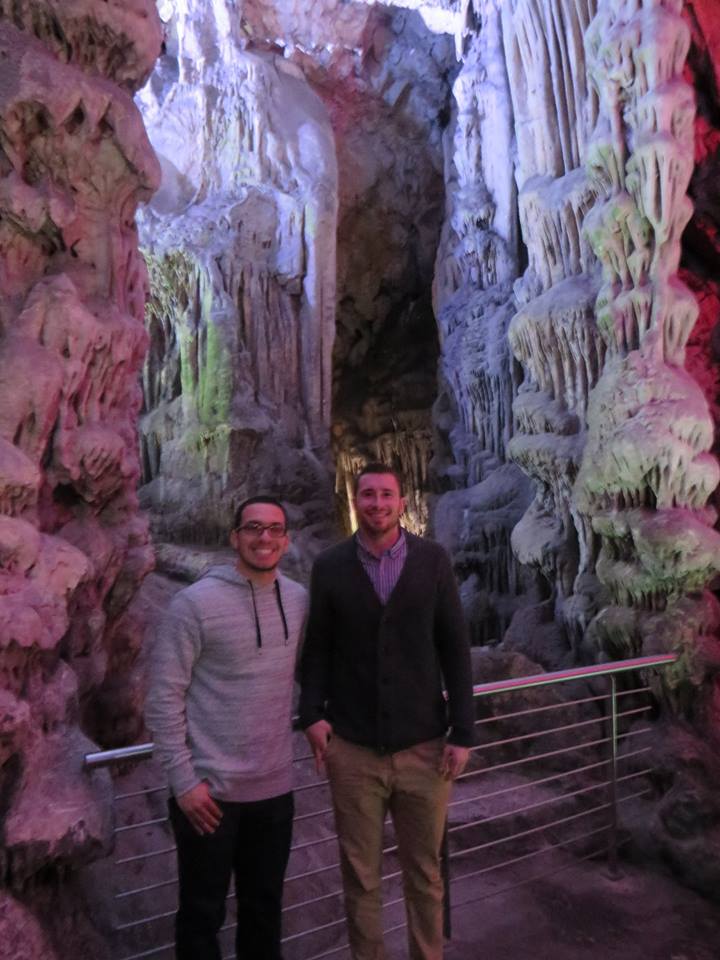 |
Aracena is a small town located in the province of Huelva. The historic quarter, declared a Cultural Object, and the "Gruta de las Maravillas" are the main attractions. The "Gruta de las Maravillas", with beautiful stalactites and stalagmites, which at 1,500 metres is one of the longest caves in Spain. Inside the "Gruta" we find twelve halls and six lakes. |
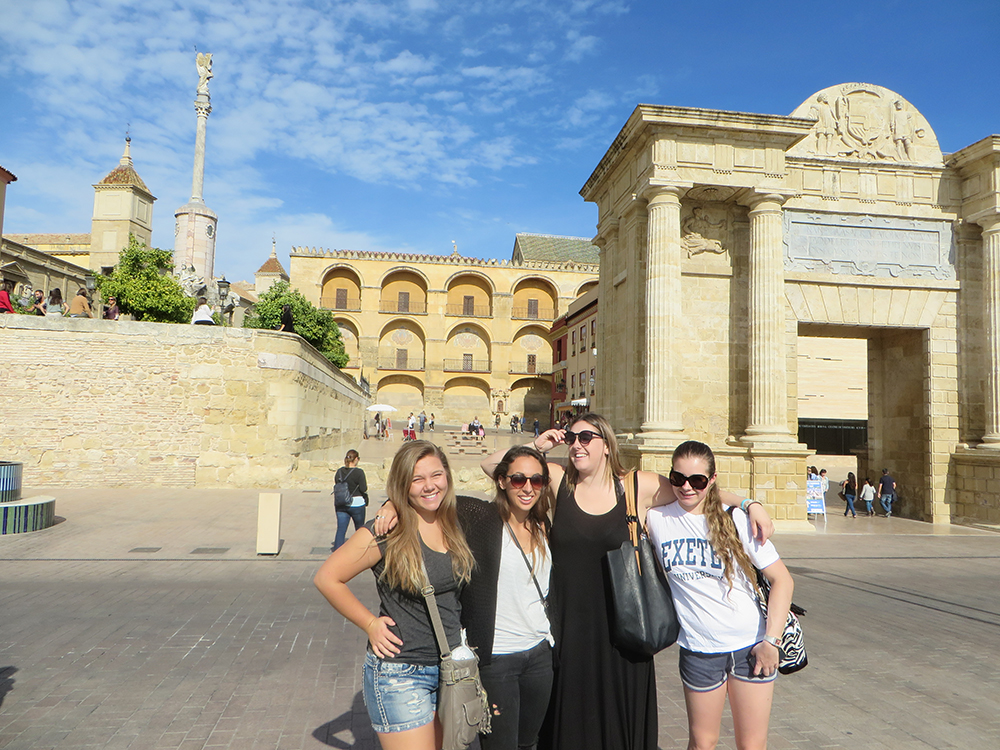 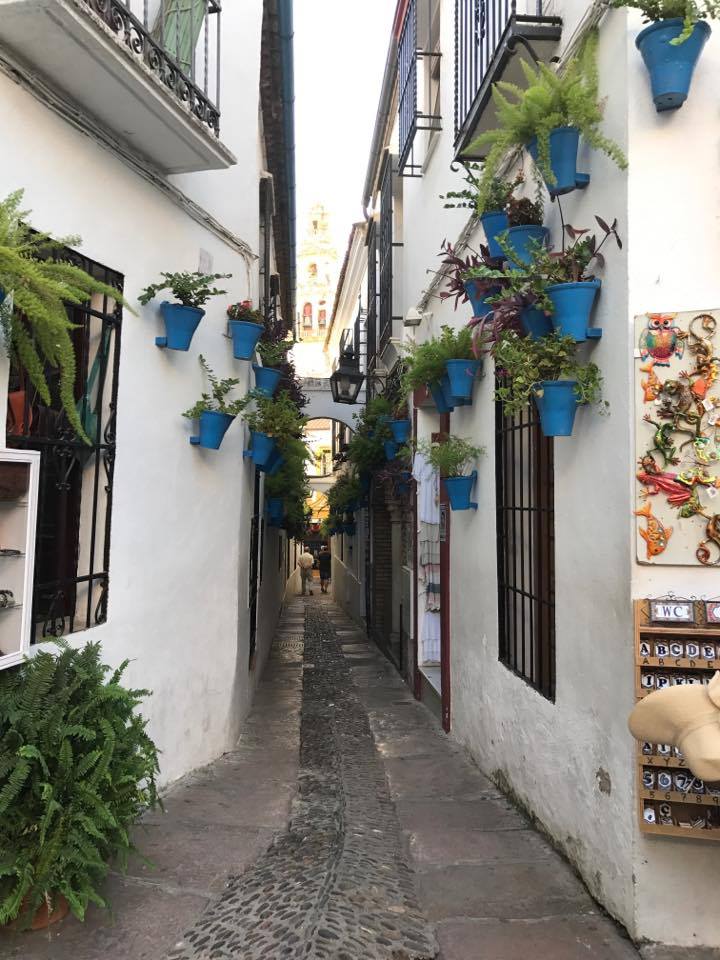 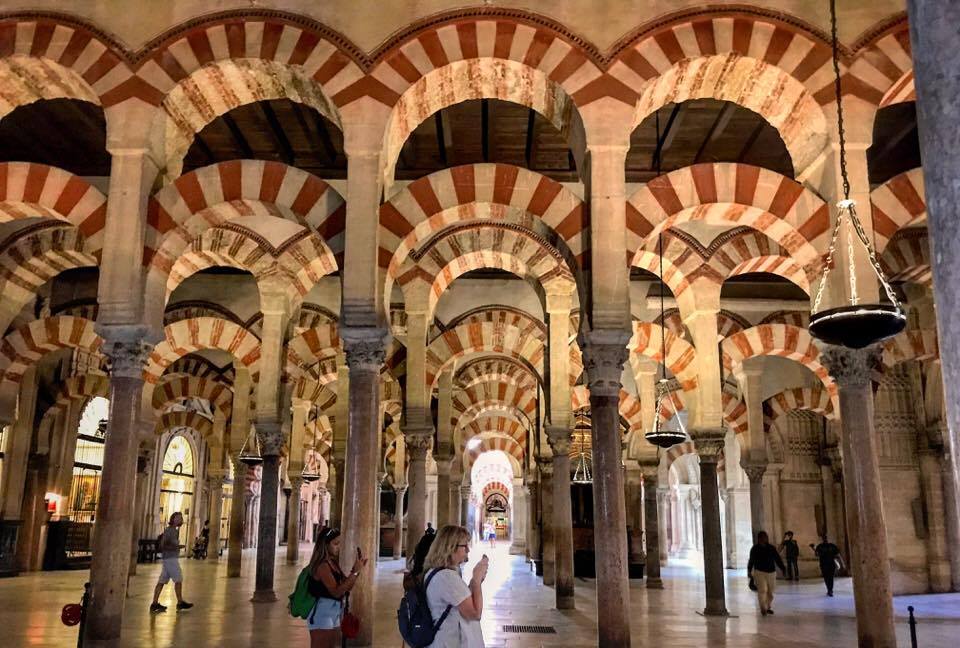 |
In Roman times, Córdoba had more cultural buildings than Rome. It was the capital of the province of Hispania Baetica. Remains of the Roman Temple built by Claudius Marcellus, the Roman Bridge and other Roman remains can still be seen around the city. Córdoba was conquered by the Moors in 711, and Moorish influence can still be felt in the city. The most important monument in the city is the former Mosque (the 3rd largest mosque in the world).
|
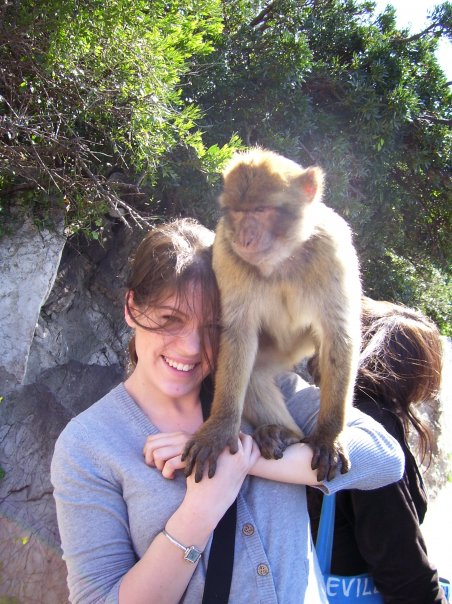 |
Located in the most Southern point of Spain, the rock of Gibraltar occupies a strategic position at the eastern entrance to the narrow straight and guards the only exit from the Mediterranean to the wide ocean beyond. Gibraltar has been in the historical limelight for over 3,000 years. It was during the capture of Gibraltar by the Castillians (1309-1333) that the streets of the lower town were constructed and Gibraltar became a substancial city. Gibraltar became a British garrison in 1830 (During the War of the Spanish Succession) and was declared a colony. Since then Britain and Spain have have had many disputes over the territory. Among its many tourist attractions one of the main ones is to visit the monkeys on the rock. Nobody knows how the famous tailless Macaques came to be on the Rock.
|
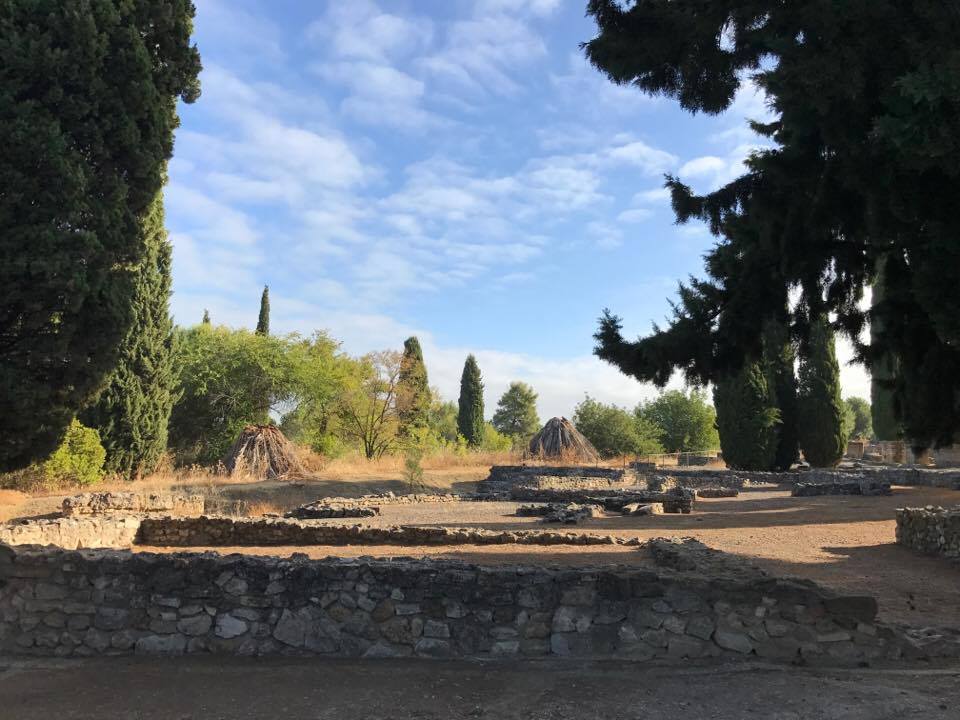  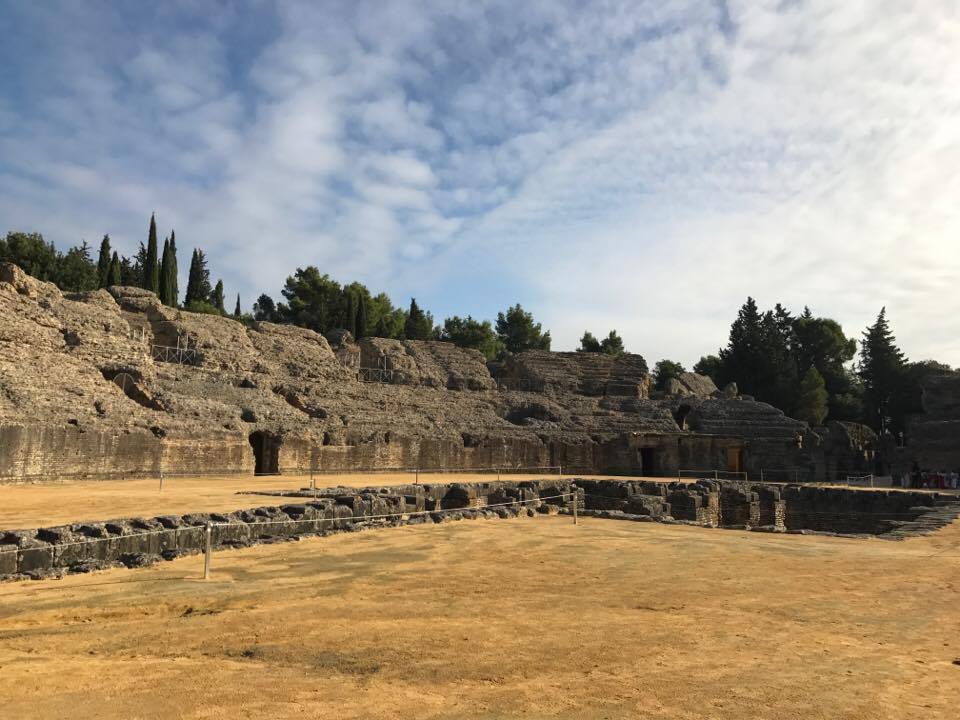 |
ItálicaFounded by General Publius Cornelius Scipio (he was later known as Scipio Africanus) in 206 BC next to a Turdentian settlement, 7 kilometers from Seville, It demonstrates wonderful examples of Roman architecture, mosaic work and city layouts. Italica was one of the first Roman towns in Spain. Archeological MuseumOne of the best museums of its kind in Spain, originally built as part of the 1929 exhibition. The focus is on the Romans, but there is also a prehistorical section which includes the Stone Age, Bronze Age and Iron Age. Later, the Phoenicians, the Greeks and the Carthaginians all traded and settled in what is now the province of Seville. |
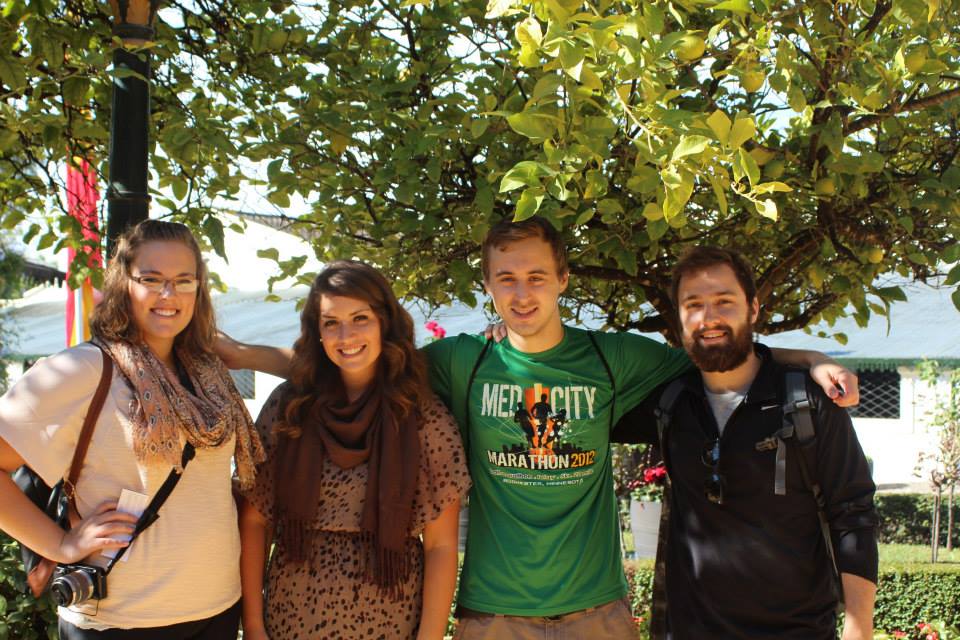  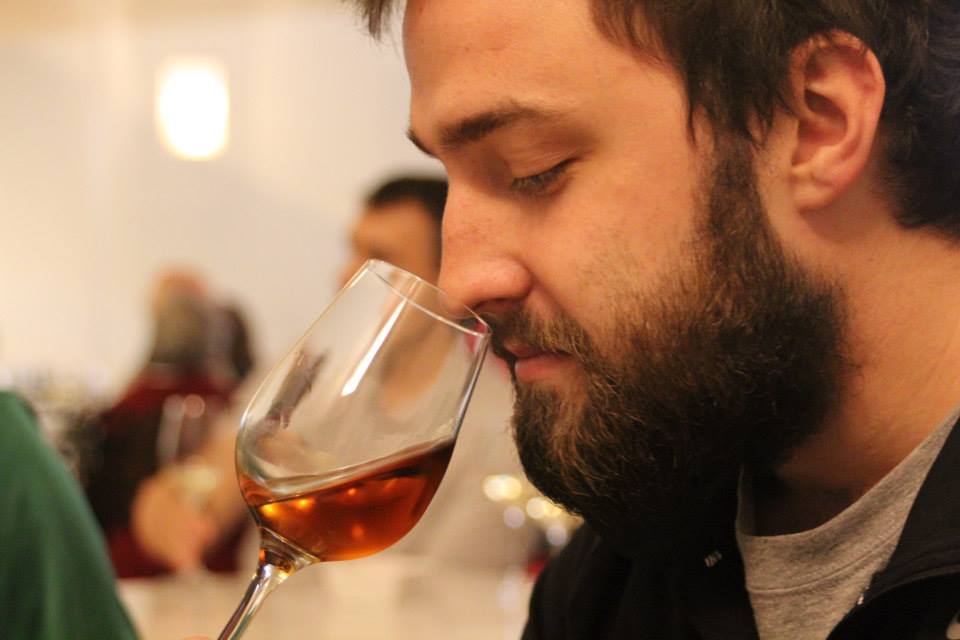 |
Spend the day in a unique town where we will take you to the one of the most famous wineries we have in Spain, González Byass. Learn the process of how they make sherry wine and its history. González Byass is one of Spain's most well-known sherry bodega. Its origins can be traced to 1835 when the business was started by Manuel María González Angel, who was subsequently joined by his English agent, Robert Blake Byass. The González family assumed sole control of the business in 1988. The firm produces the world known sherry Tío Pepe. Not only was the Gonzalez family at the forefront of sherry winemaking, they’ve also participated in the introduction of the polo game in Spain, the first grass tennis court, the installation of the first electric lighting and running water in the plant, the first train project in Spain as well as numerous other industrial and cultural innovations. |
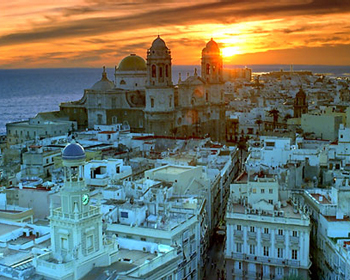 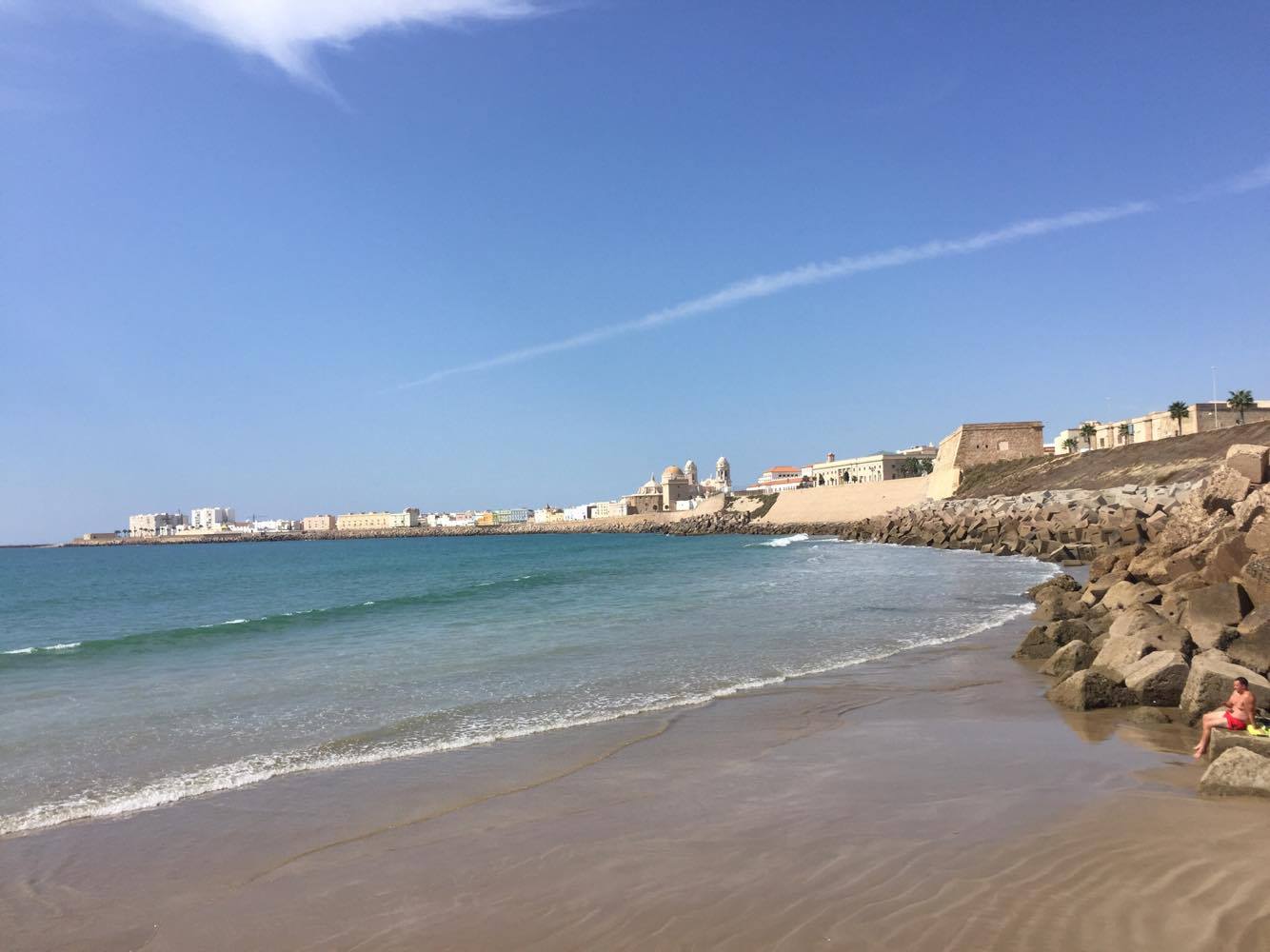 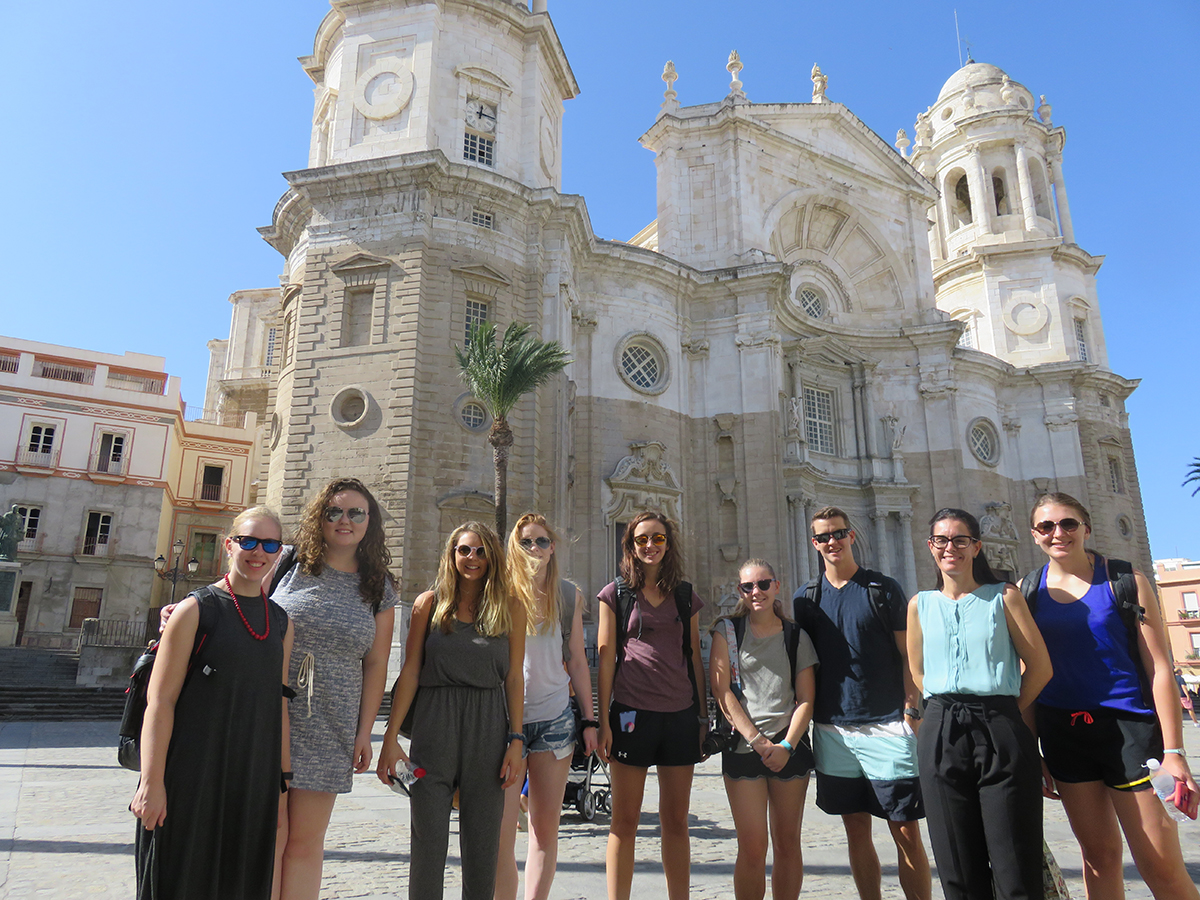
|
Cádiz is the oldest continuously-inhabited city in Spain and one of the oldest in southwestern Europe. The “Tacita de Plata” was founded in 1100 B.C. by the Phoenicians, a seafaring people who turned Gadir into an important trading colony where the Carthaginians, the Romans, the Visigoths and the Muslims would all subsequently settle. An open, cosmopolitan city, it sport was chosen by Columbus as the point of departure for his second voyage to the New World. The city would then become, after the decline of Seville, the port to The Indies, drawing the flow of trade with the American Continent. This frantic commercial activity then brought about an era of economic, cultural splendour, when Baroque palaces with their characteristic towers offering amazing views were built. Havana is Cadiz! A stroll along the Cadiz sea front, from La Caleta to the Campo del Sur, will remind the visitor of the image of the avenue the Malecón in Havana, as there are many similarities between Cadiz and Latin American cities, thanks to the constant flow of people travelling between Cadiz and the New World. The cathedral in Cadiz is a good example of this influence, as are several of the manor houses and the towers with their views which grew up in the midst of old Cadiz’s cityscape during the expansion into America. |
Weekend Trips:
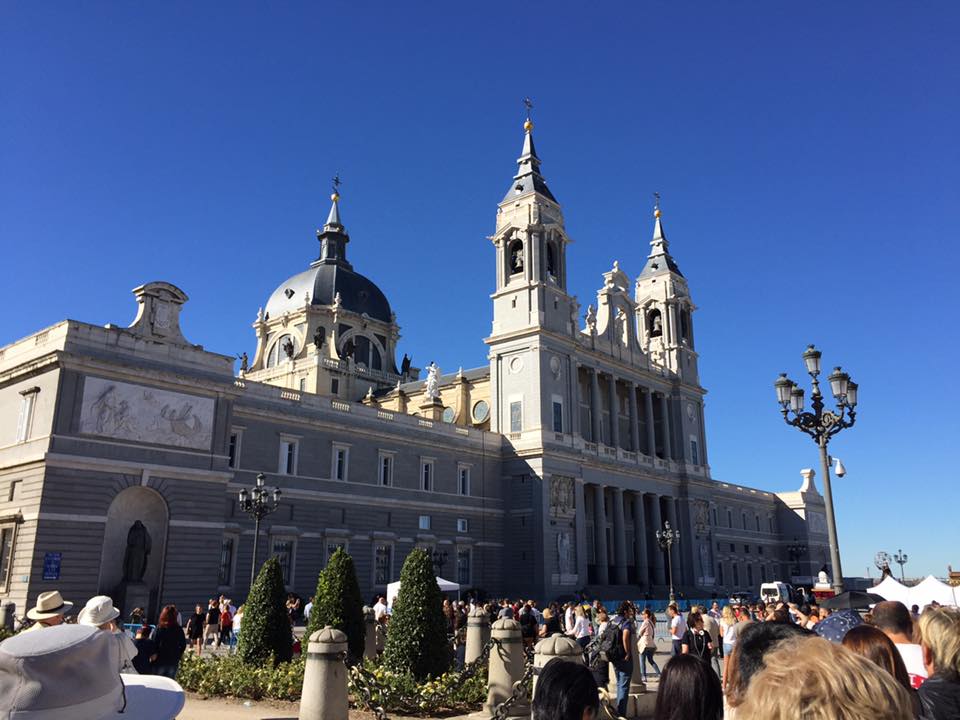
The capital of Spain, located in the heart of the Iberian Peninsula and right in the center of the country, with a population of over three million people, and the home of the Spanish Royal Family.
Madrid, originally called Mayrit, was founded by the emir of Córdoba Muhammad at the end of the 9th century. During the Reconquest of Spain by the Christians, Madrid passed from Muslim to Christian hands several times, it was the origin of the mixture of cultures which characterizes the city still today.
The present location of Madrid, in the centre of Spain, was established by the king Alfonso I in 1083.
What remains today of the distant past are mainly Baroque and Neoclassical structures, and buildings of the 17th and 18th centuries, such as “Plaza Mayor”and “Palacio Real"
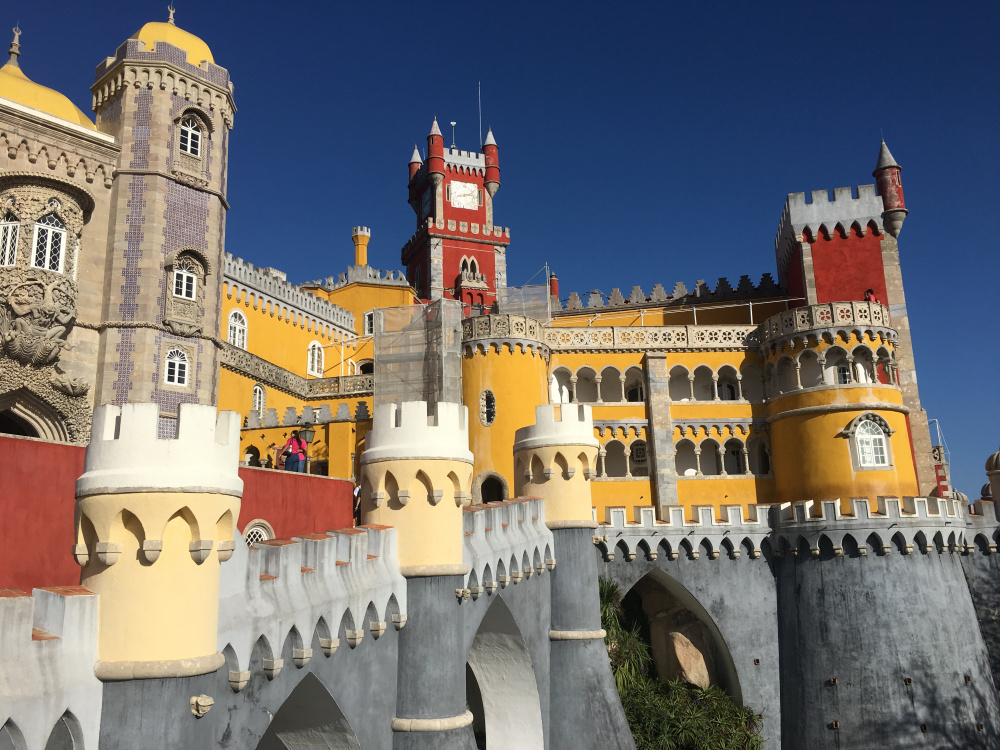
The capital of Portugal since its conquest from the Moors in 1147, Lisbon is a legendary city with over 20 centuries of History. The Alfama is one of the oldest quarters in Lisbon.
Once the launch pad for many of the voyages of discovery (notablyVasco da Gama's epic journey to India), Lisbon was the first true world city, the capital of an empire spreading over all continents, from South America (Brazil) to Asia (Macao, China; Goa, India). It is forever known as the city of the explorers
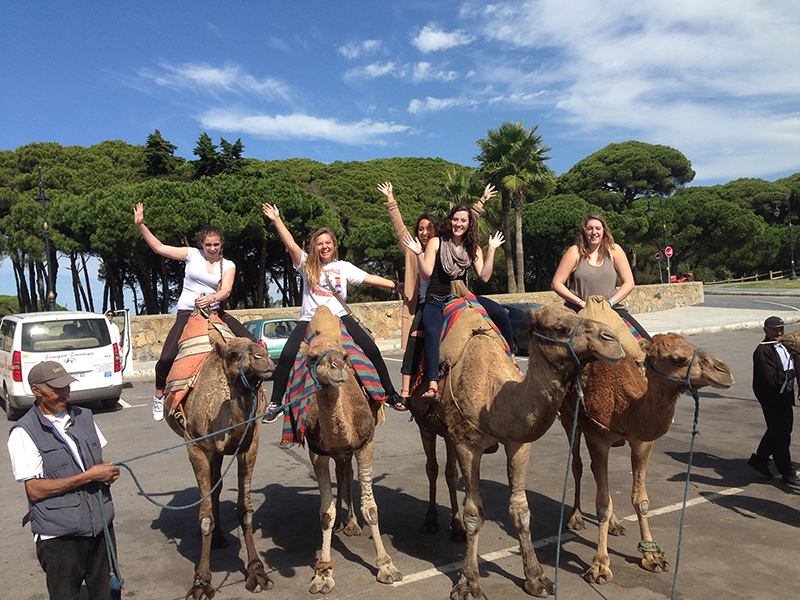 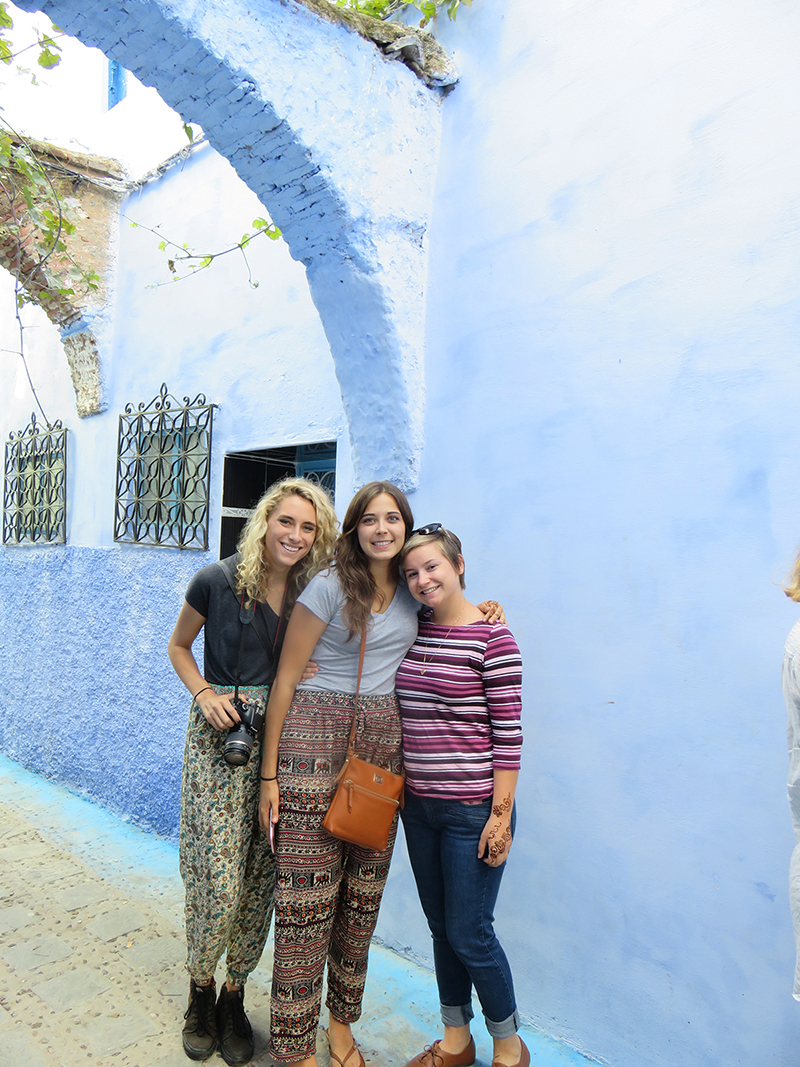 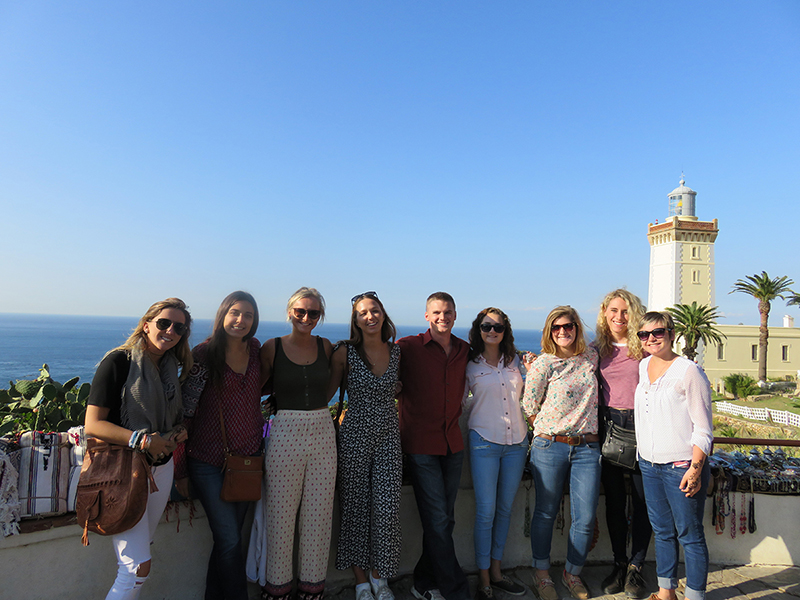 |
In Morocco, we will be visiting the cities of Tangier, Asilah, and Chefchaouen. Tangier is a city in northern Morocco. It lies on the North African coast at the western entrance to the Strait of Gibraltar where the Mediterranean meets the Atlantic Ocean of Cape Spartel. Asilah is a fortified town on the northwest tip of the Atlantic coast of Morocco. Its ramparts and gateworks remain fully intact. Its history dates back to 1500 B.C., when the Phoenicians used it as a base for trade. This town has been occupied since than by the Portuguese (1471), the Spaniards (1912), and now the Morrocans. Chefchaouen is a city in northwest Morocco. It is the chief twon of the province of the same name, and is noted for its buildings in shades of blue. The city was founded in 1471, as a small fortress which still exists to this day, by Moorish exiles from Spain to fight the Portuguese invasions of northern Morocco. In 1920, the Spanish seized Chefchaouen. Spain returned the city after the independence of Morocco in 1956 |
Granada is situated in the eastern part of the region of Andalusia. Its unique history has bestowed it with an artistic grandeur embracing Moorish palaces and Christian Renaissance treasures. As the last Moorish capital on the Iberian Peninsula, it also holds great symbolic value.
The Alhambra, a Moorish citadel and palace, is in Granada. It is the most renowned building of the Andalusian Islamic historical legacy with its many cultural attractions that make Granada a popular destination among the touristic cities of Spain.
The Almohad influence on architecture is preserved in the area of the city called the Albaicin with its fine examples of Moorish and Morisco construction.
Granada is also well known for the Sierra Nevada Mountains where you can ski. This is Europe’s most southerly ski resort and it is small in comparison to other European resorts.
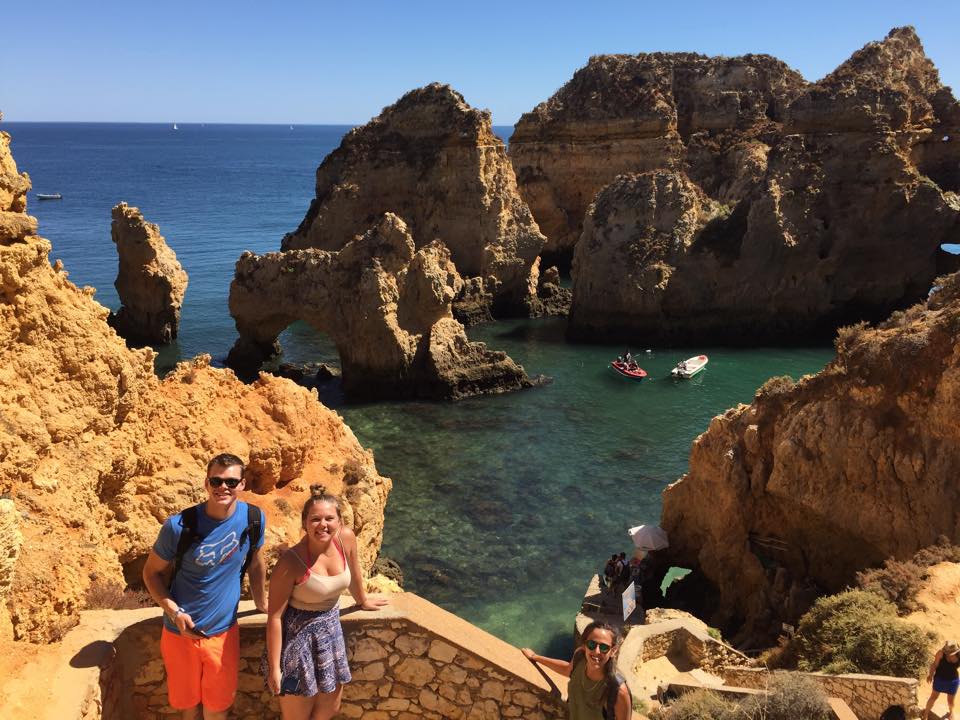 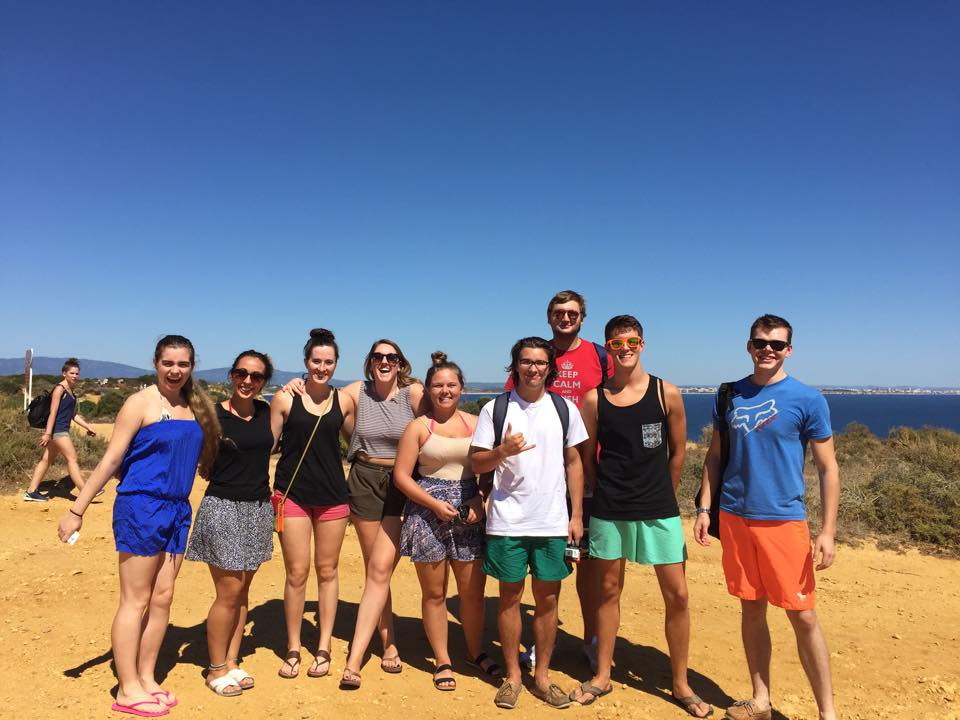 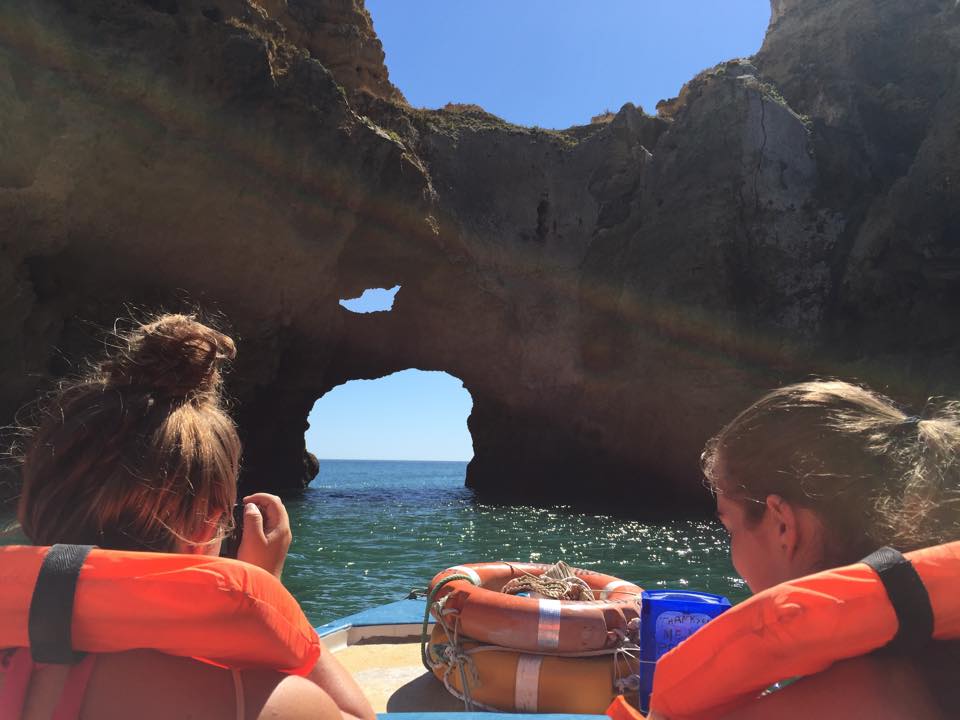 |
Lagos is located in Southern Portugal in the region of Algarve and has some of the most beautiful beaches in Europe. This will be a great ooprtunitty to spend a relaxing weekend on the beach. The area offers many exciting activities such as surfing, biking, sailing, etc…
|
Fall Program Dates: Sept. 19 2024 - Dec 13, 2024 Program Cost INTENSIVE SPANISH LANGUAGE PROGRAM: Fall 2024/Spring 2025 Out-of-Pocket Costs Include: Missed the deadline? Please contact the program manager, Sean Chipres, to enquire about late application options.
Spring Program Dates: Beg. Feb. 2025 - Mid May, 2025
$12,200 (Semester) / $23,000 (Academic year)
UNIVERSITY OF SEVILLE PROGRAM:
$12,500 (Semester) / $23,600 (Academic year)
Program costs includes:
TERM ABROAD
APPLICATION CYCLE OPENS
APPLICATION DEADLINE
Fall 2024
October 1
April 15
Spring 2025
April 1
October 15
Academic year 2024/25
October 1
April 15
Students have to get a health and medical evacuation insurance and we recommend all of our students this company (CISI): https://www.culturalinsurance.com/#cultural-insurance
ACCOMMODATION
- Default
- Title
- Date
- Random
CONTACT US
For more information on the program please contact the Program Manager, Mr. Sean Chipres, at seanrc@saiie.com



